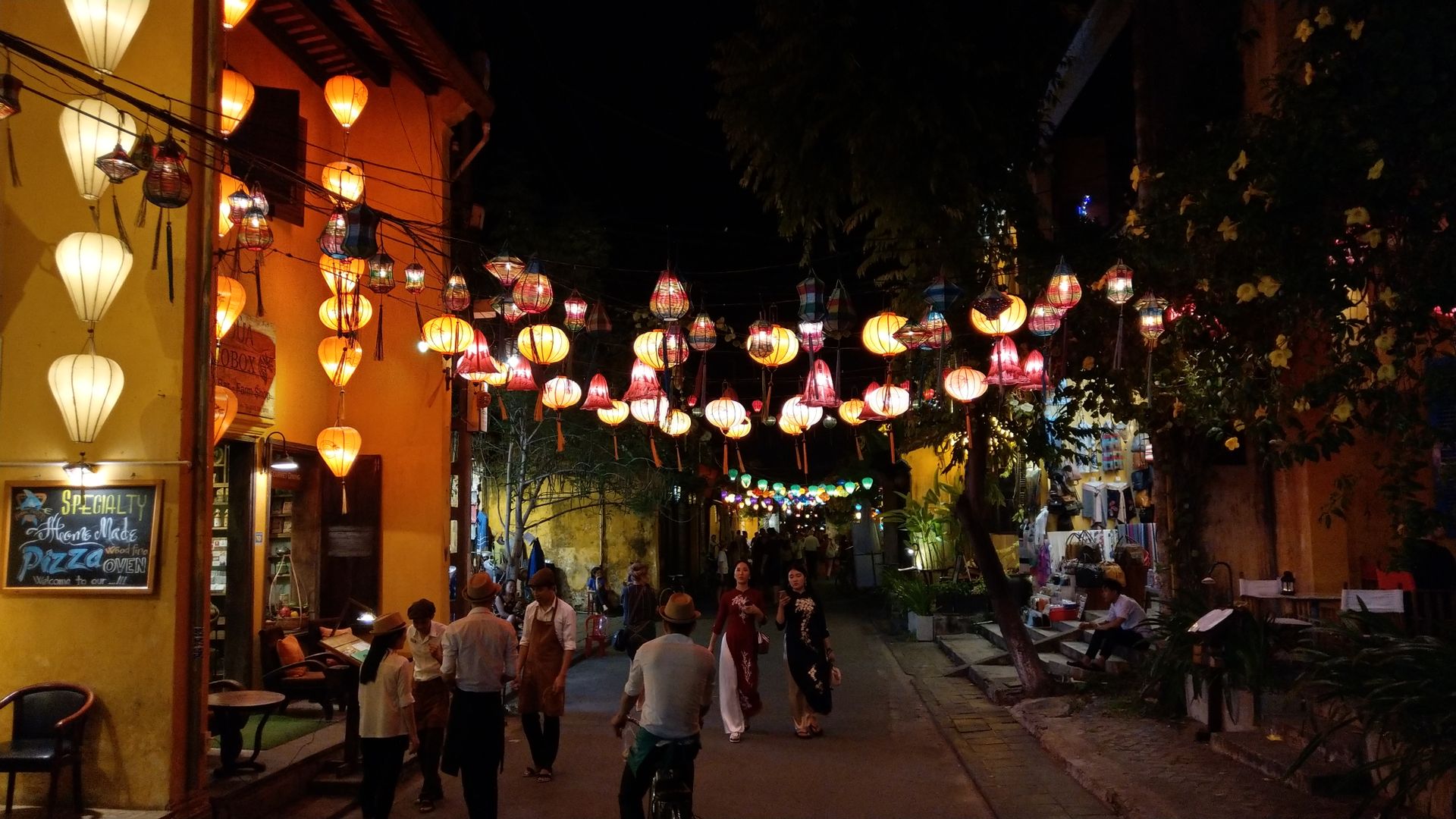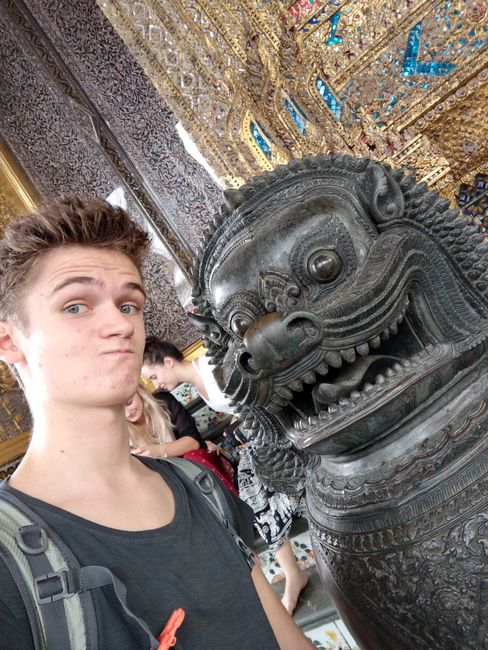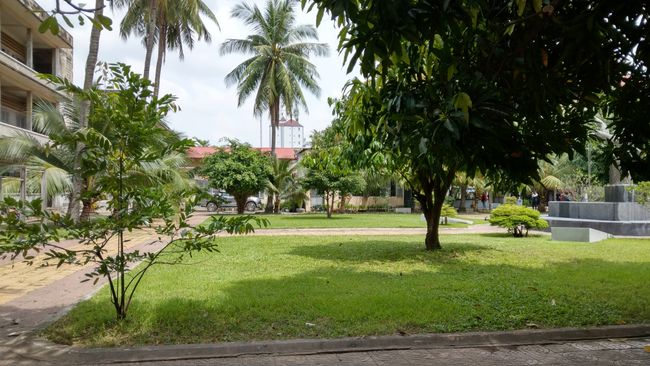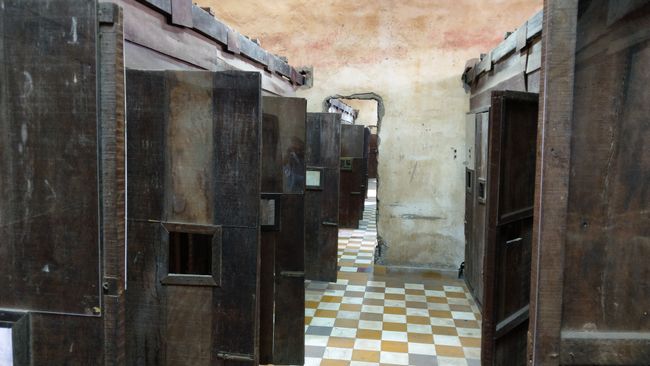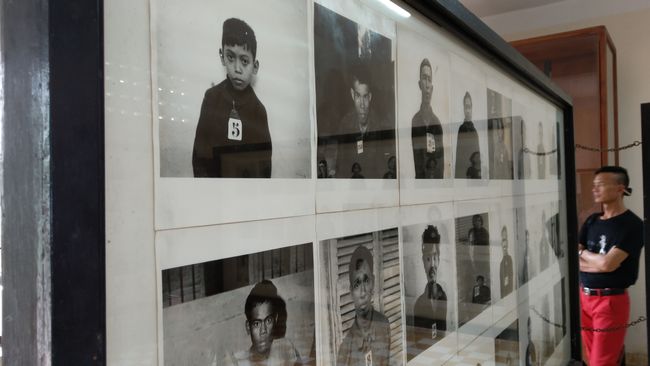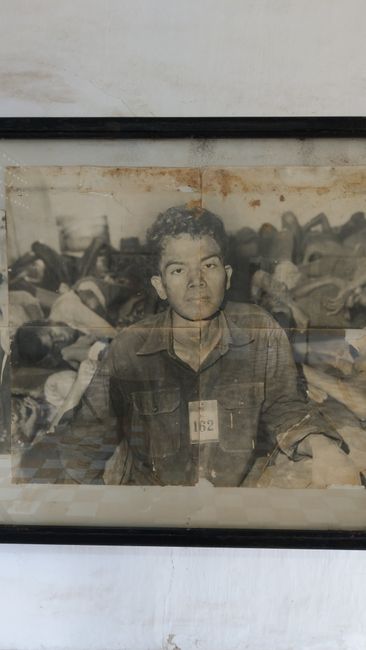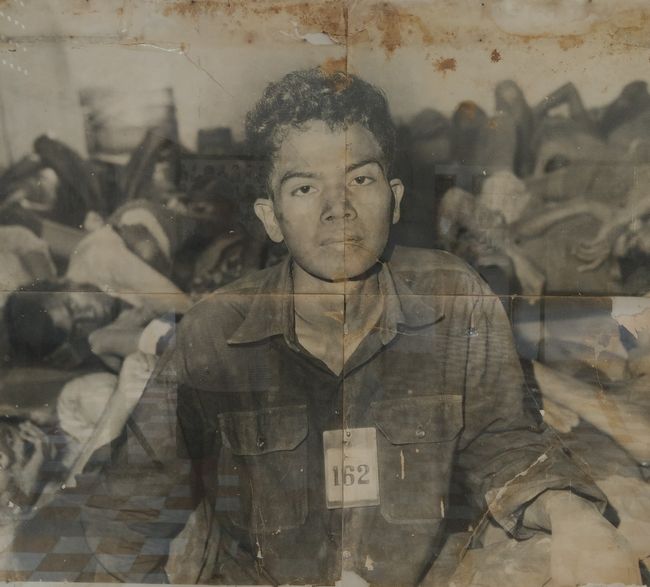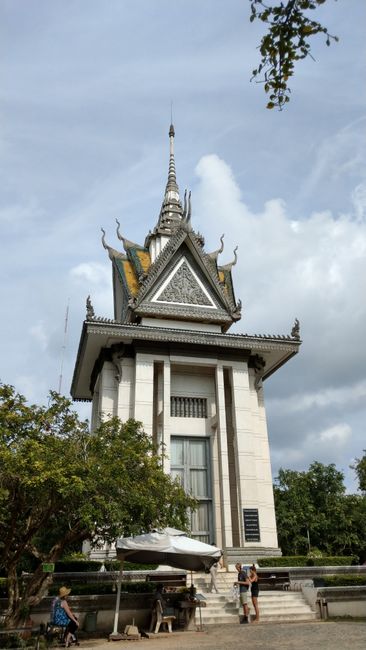15.10. Traces of a Genocide
ପ୍ରକାଶିତ |: 15.10.2018
ସମ୍ବାଦପତ୍ରକୁ ସବସ୍କ୍ରାଇବ କରନ୍ତୁ |
Today was and hopefully remains the most distressing day of our journey so far. We visited the Tuol Sleng Genocide Museum, a former school that was used as the S-21 torture prison by the Khmer Rouge. In 1975, the followers occupied all major cities in Cambodia and drove the local people out to the countryside. There was a great fear of bombings by the Americans, who heavily bombarded Cambodia alongside Vietnam, which is often forgotten even though thousands died here as well. Consequently, there was a great sense of insecurity and anger in the country, the perfect breeding ground for radical organizations like the Khmer Rouge. They followed the ideology of 'Angkar', the order, and dedicated everything to it. Every action was for the benefit of Angkar, to rebuild a stable and strong communist state.
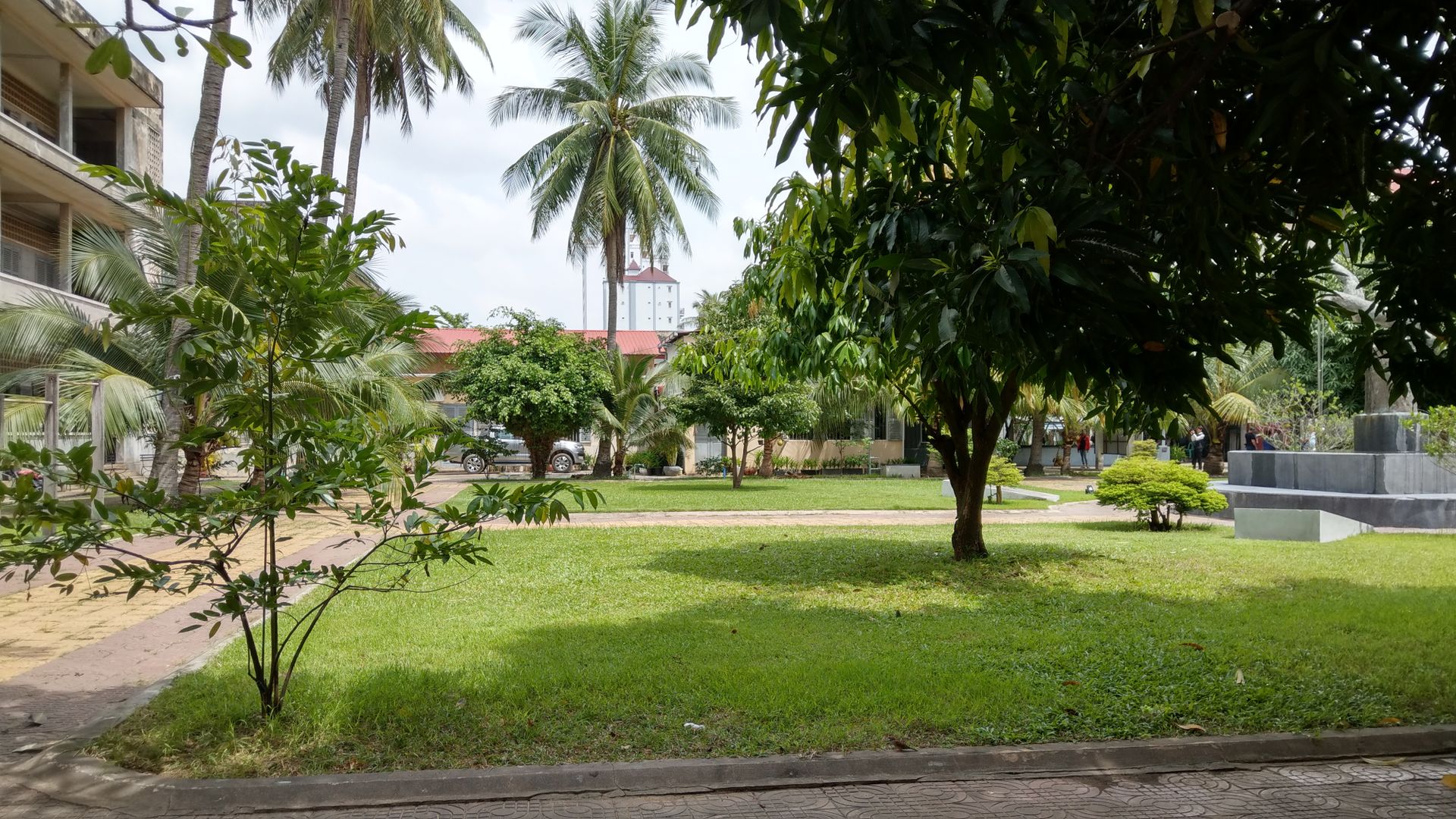
Here, the so-called 'New People' were imprisoned, a term that was very loosely defined. This included intellectuals such as artists, teachers, doctors, or people who simply came from the city. The criteria also extended to banalities such as wearing glasses, having soft hands, or using modern technology. All these people ended up at this 'place you enter and never leave', as it is commonly called.
Eighteen thousand people entered, ten survived...
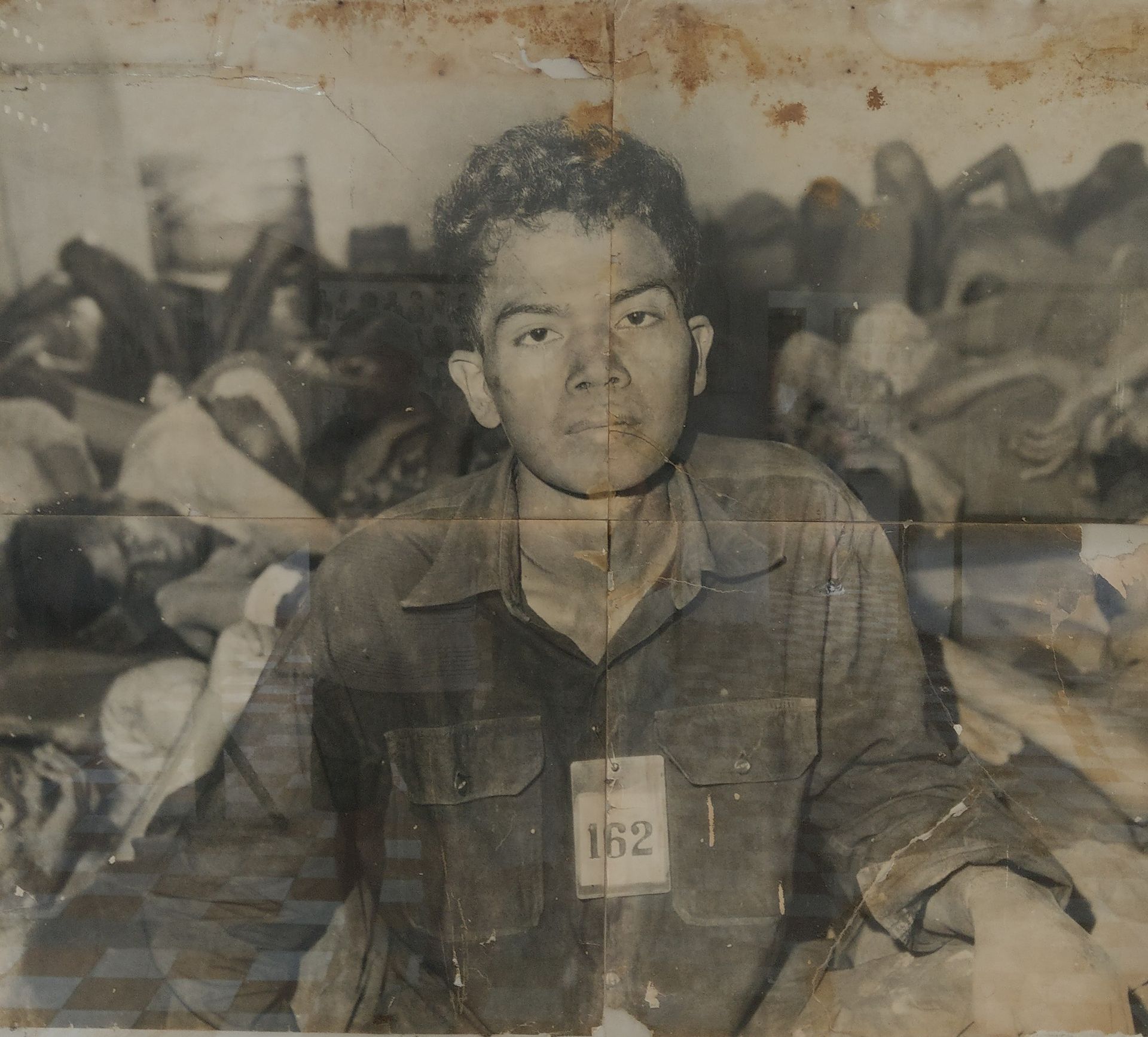
And this horror can only be partially understood when you move through the rooms with an audio guide, in German, and have to listen to what people from the same country can do to each other. It would take too long to repeat everything.
It is worth mentioning that very correct records were kept of who was admitted when and why. No one was killed 'without reason'. It was only after weeks of the worst torture such as electric shocks and waterboarding, four spoons of soup a day, and being isolated from their families that the prisoners confessed to everything their guards wanted to know and accused their relatives, even if it wasn't true. The Khmer Rouge didn't care. They had their confession and could kill the person in question, whom they no longer saw as a human but as a simple threat to Angkar.
There is much more to write about, but I won't go into further detail for now.
In the museum itself, you could see the old cells and torture instruments, some of which still had blood on them. Also impressive were the long photo walls of the inmates and their torturers, together with the recounted individual fates.
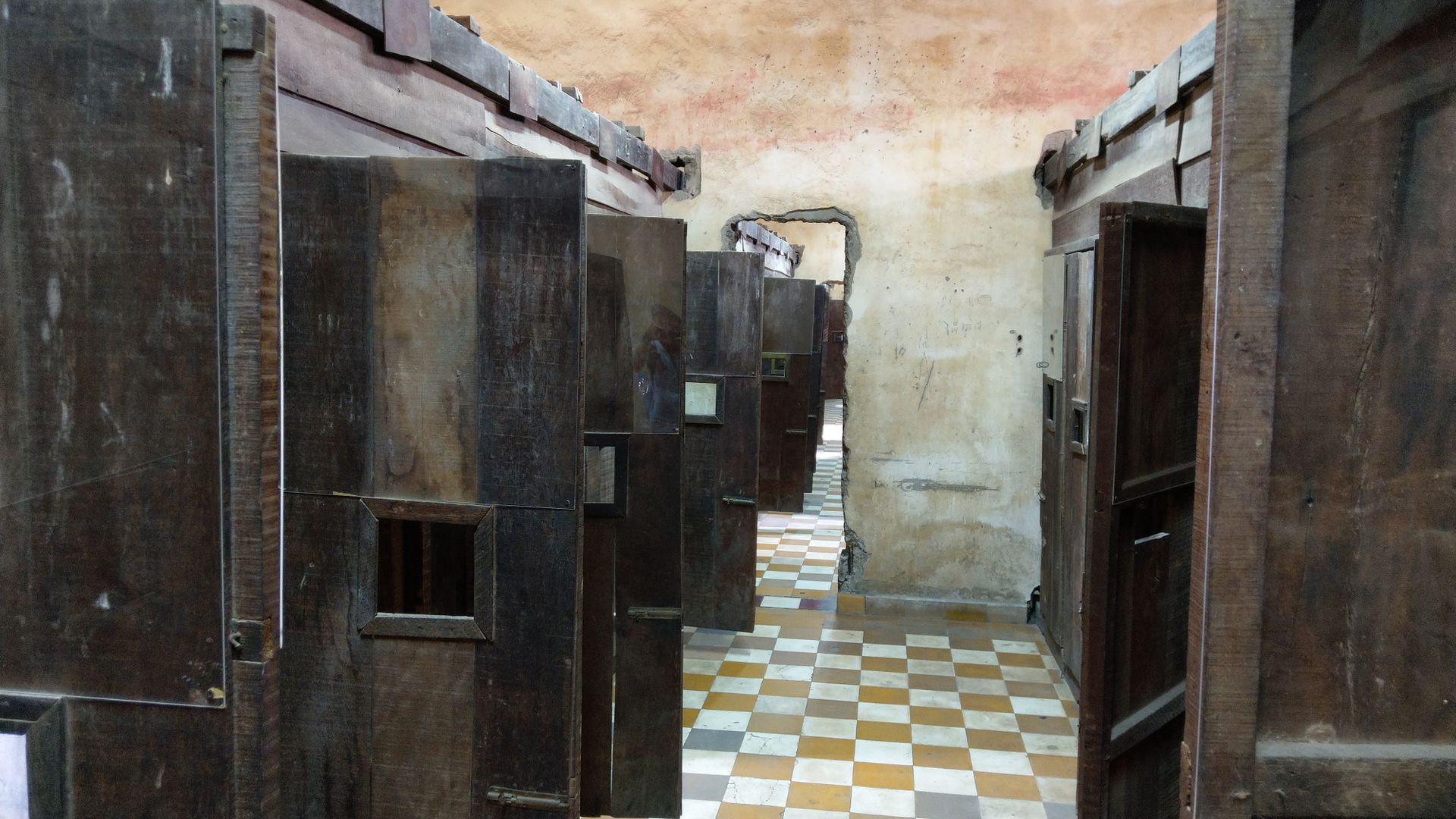
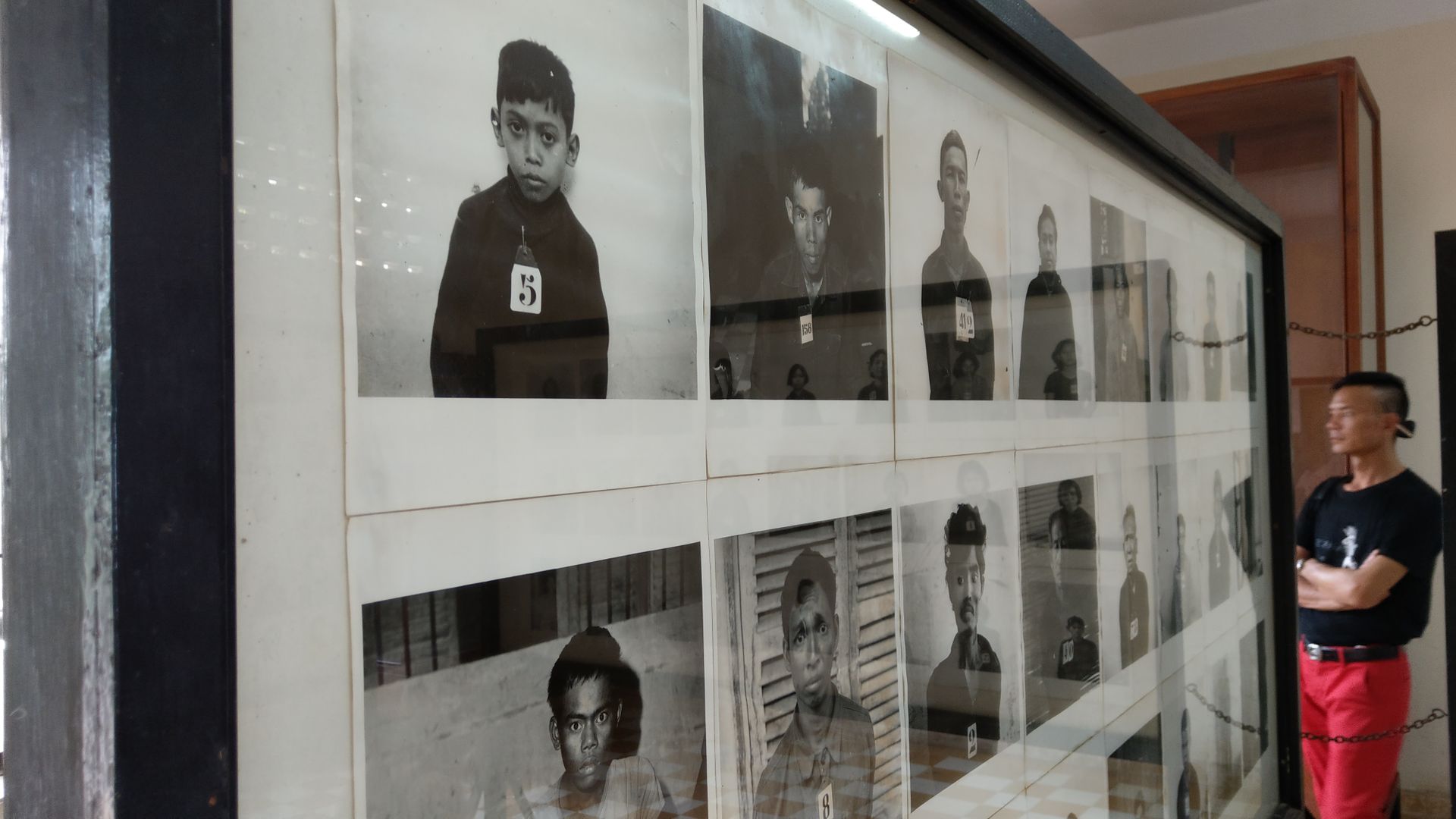
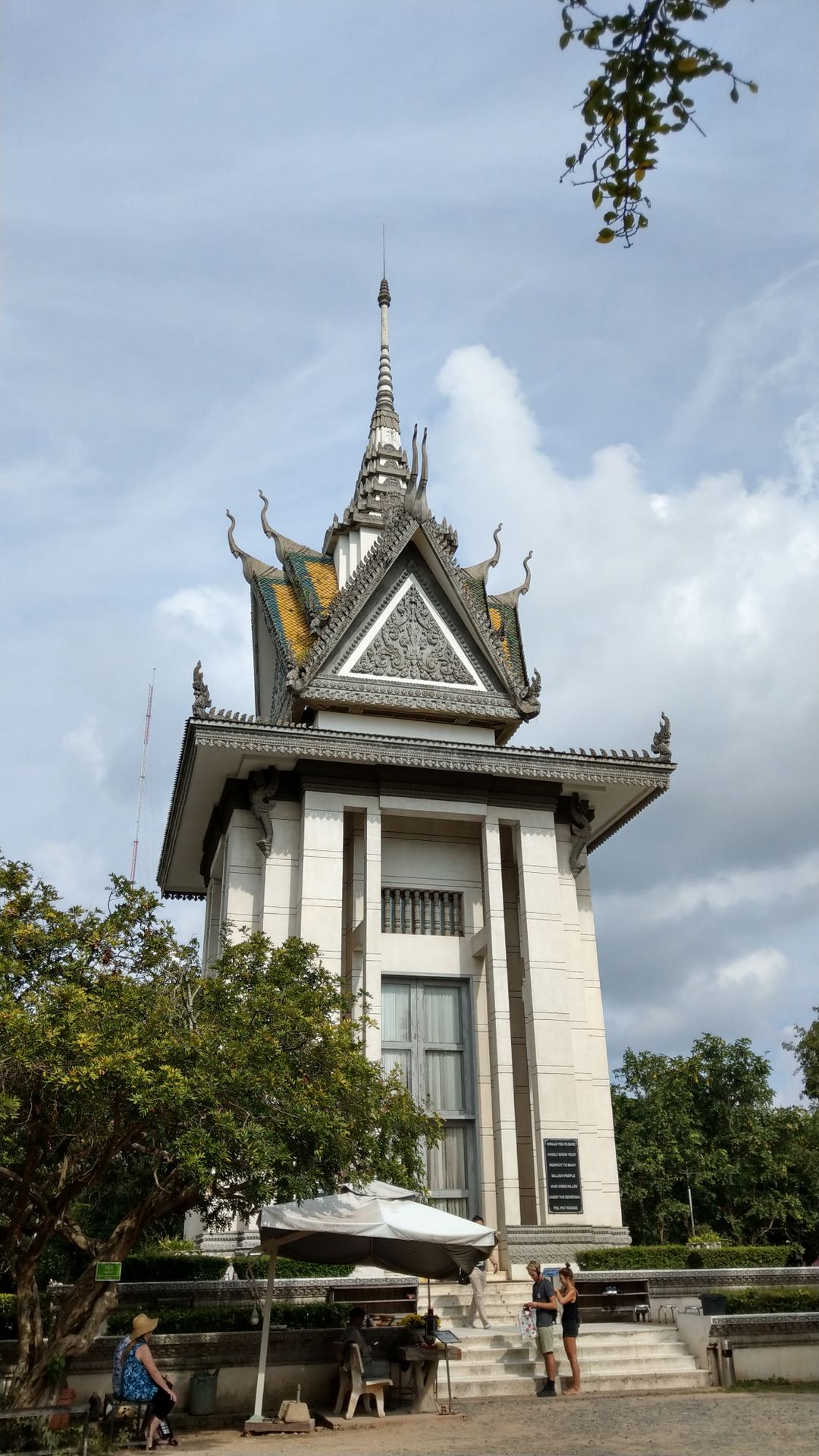
ସମ୍ବାଦପତ୍ରକୁ ସବସ୍କ୍ରାଇବ କରନ୍ତୁ |
ଉତ୍ତର
